Growing peas organically in home garden is very easy and most of the beginner home gardener should try to grow this vegetable.
Peas (Pisum sativum) are available and popular throughout the world as a vegetable. They can be grown in almost anywhere, except excessive cold areas (because the pea plants are not frost tolerant).
Taste and flavor of the home grown peas is excellent. You can’t purchase shelling peas or edible pod peas from the market that are freshly picked.
Actually, the peas in the pod taste sweetest right after they have been picked up. So, you can enjoy the sweetest peas if you start growing peas in home garden.
Peas are very healthy and rich in many different nutrients. Peas are high in protein, fiber, vitamin A, vitamin C, vitamin B6, vitamin K, copper, iron, zinc, phosphorus and magnesium.
You can utilize the available space in your garden by growing peas. Pea plants are also great to include in your garden rotation, because they can help to add nitrogen into the soil. You should consider growing peas in your home garden.
How to Grow Peas
Growing peas in home garden is very easy. Pea is actually a cool-season crop that is grown in many parts of the world.
However, here we are describing all about growing peas in your home garden from planting, caring to harvesting.
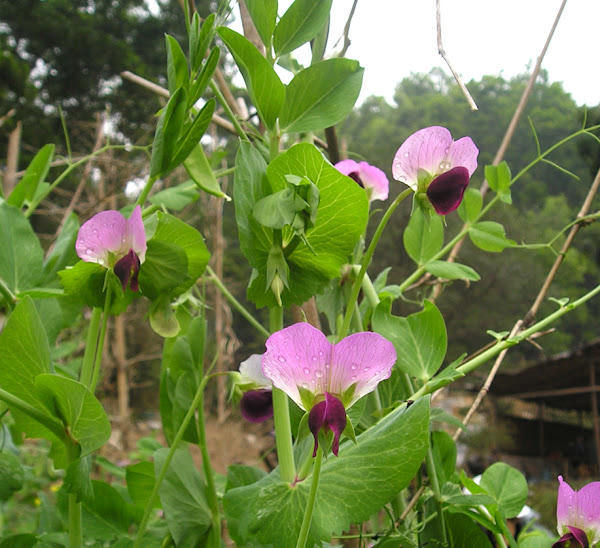
Choose a Variety
There are many different varieties of garden peas available throughout the world. But you have to choose a variety that grows well in your area.
You can consult with some existing home gardeners in your area for better recommendation.
Some most common pea varieties are Alderman/Tall Telephone, Recruit, Green Arrow, Wando, Serge, Miragreen, Lincoln/Homesteader, Sabre, Early Perfection, Snow, Little Marvel, Sugar Ann, Mr. Big, Snowbird, Half Pint, Laxton’s Progress and Alaska.
Among all these varieties, the Green Arrow, Snowbird and Sugar Ann are most popular pea variety. Choose a variety depending on it’s availability and surviving ability in your area.
Purchase Seeds
After selecting your desired variety, purchase seeds from any of your nearest seed supply stores.
Most of these varieties should easily be available in the store. You can also search and order the seeds online.
Best Time for Growing Peas
Peas are actually a cool-season crop with a life cycle of one year. Depending on location, winter to early summer is the best time for growing peas. Pea plants actually grow well in temperatures below 70° F.
Preparing the Soil
Pea plants can be grown in almost all types of soil, but they grow well in loamy or sandy-loamy soil.
They require fertile and well drained soil with the availability of full sun (although the plants will also grow in part sun).
Prepare the soil by adding well-rotted aged manure or organic compost before planting. The pea plants will appreciate a good sprinkling of wood ashes to the soil before planting.

Planting
The pea plants are grown from seeds. For growing peas in the colder areas, sow seeds outdoors 4-6 weeks before last spring frost (when soil temperature reaches about 45° F.
And sow the seeds when the soil is cool in southern areas with warm climates. Plant the seeds about 1 inch deep and at least 2-3 inches apart. Soak the seeds in clean water for up to 12 hours for better germination.
Caring
After planting the seeds, the pea plants will require additional caring for better growth and good yield. Here we are describing more about the caring steps for growing peas in home garden.
Feeding/Fertilizing
Don’t fertilize the pea plants too much. Because the pea plants are especially sensitive to too much nitrogen. The plants will grow well if you prepare the soil well before plating.
Watering
Pea plants don’t require too much water. Water sparsely unless the plants are wilting. Don’t let the plants dry out, or no pods will be produced.
Mulching
Mulching will help to retain moisture in the soil and it will also help to prevent weeds. You can use grass clippings, chopped dry leaves, straw, compost or any other organic materials for mulching.
Controlling Weeds
Mulching will help to control most of the weeds from your garden.
Making Trellis
Some pea varieties require support for climbing and growing. So make trellis after sowing seeds.

Pests and Diseases
Pea plants are susceptible to some pests and diseases. Aphids, woodchucks and Mexican bean beetles are some common pests for the pea plants.
Apply organic pesticides for controlling all these pests from your garden. Also destroy the affected leaves or the entire affected plant if you notice any pests or insects in the garden.
Harvesting
Regular harvesting is very important for growing peas. Because regular harvesting will encourage the plants to develop more pods.
Use your two hands for picking peas (secure the vine with one hand and then pull the peas off with your other hand). Picking peas in the morning is good, because the peas are crispiest during morning.
These are all the steps for growing peas organically in home garden. Hope you have enjoyed this guide! Happy gardening!

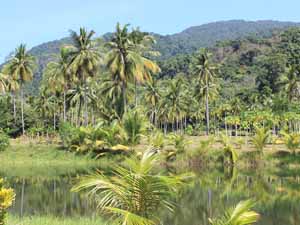
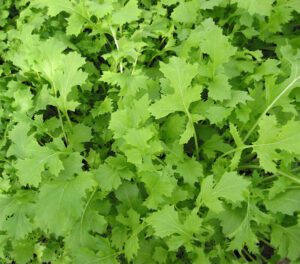
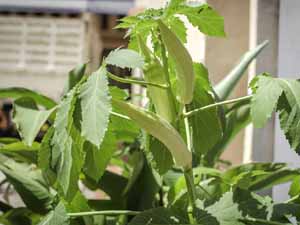
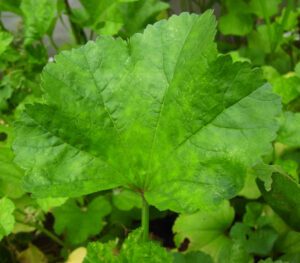
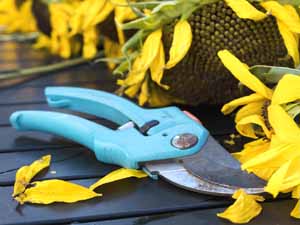
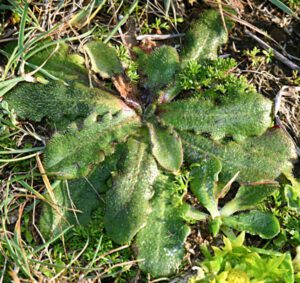
I take good care of my plants and the plants produce a lot for me. Plannig for commerial production in 1 hactor land this year. Thanks for your information.
May God bless you!